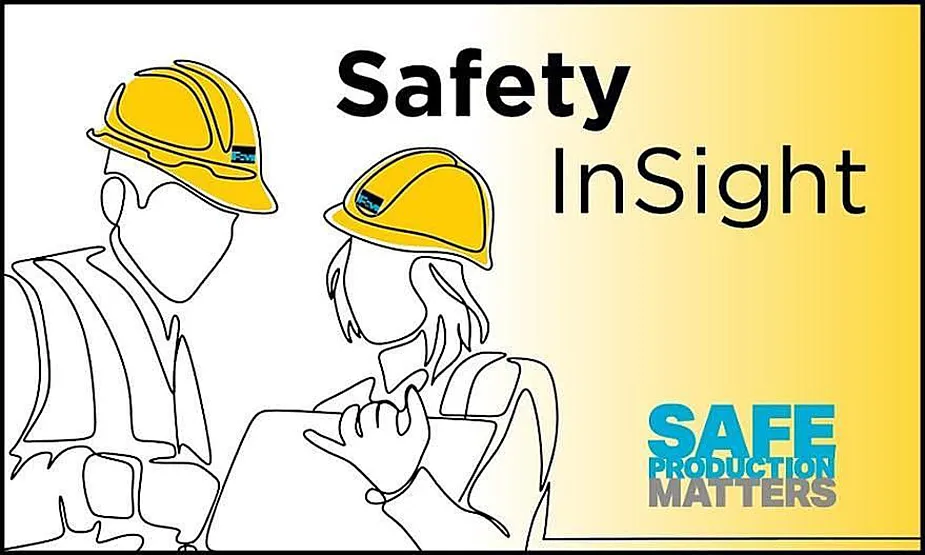Every breakthrough in mining is a step forward for the industry, but the most important steps we take are those that bring us back home safely each day.
With safety as a core value, the company is committed to exploring every possible avenue when it comes to finding ways to protect its employees. This includes introducing new safety technology into operations and finding innovative ways to use proven solutions.
“It’s critical that employees can recognize hazards, understand risks and stop work if it’s not safe,” said Chris Rose, Director-Safety and Health Performance and Improvement. “Leveraging technology adds another layer of protection by providing real-time data and insights, enabling proactive measures to prevent incidents.”
 One potential layer of protection is a new telematics system that will provide light vehicles with monitoring similar to that in haul trucks.
One potential layer of protection is a new telematics system that will provide light vehicles with monitoring similar to that in haul trucks.
Currently being piloted at Morenci, the system has a forward-facing camera to monitor the road and a second camera to monitor the cab. This two-camera system provides real-time data on vehicle performance and allows footage to be reviewed for specific events, such as harsh braking and impacts.
At Morenci, the pilot is seen not only as an opportunity to reduce costs but also to enhance safety.
"We believe the telematics system will bring significant benefits to our organization by promoting safe driving and optimizing vehicle operations," said Rassie Ras, Health and Safety Manager II-Morenci. "Safety is our top priority, and this system is a crucial step in helping ensure a safer work environment for everyone."
Elsewhere in the company, a separate effort is underway to enable non-mining equipment with proximity detection, installing cameras that identify and alert equipment operators to the presence of personnel and other equipment in the area.
Team member Cameron Cole, Operational Excellence Lead-FM Technical Services, said the objective of this program is to minimize equipment-related safety incidents.
Currently, those trials are underway at several sites, including Sierrita, El Paso, El Abra and PT Freeport Indonesia. The insights gained will help inform preferred proximity detection options, with a goal of having systems installed on 250 to 500 pieces of high-priority equipment in the next year.
While this technology had been explored in the past, Cole noted that retrofitting equipment with it now is more feasible due to its increased prevalence and advancements made over the past decade. For him, these new opportunities are a reminder to always challenge the status quo.
“There are mining fundamentals that have stood the test of time that should keep our focus,” Cole said. “But our adoption of new technology to continually improve should be top of mind too.”
